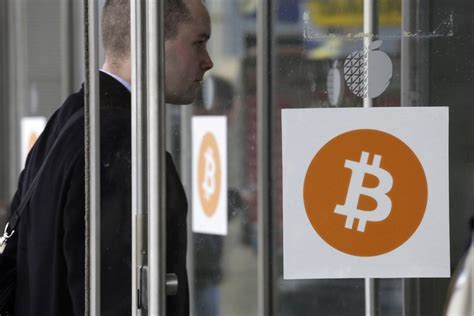Bitcoin: Understanding back and forward compatibility

The concept of back and forth compatibility is often misunderstood or simplified when discussing the bitcoin network. In this article, we will deepen the nuances of these terms and explore their consequences for understanding how Bitcoin’s blockchain behaves.
Hard Forks Vs. Soft Forks
First, let’s turn to a common misconception: both hard forks and soft forks are compatible. However, there is a decisive distinction between the two.
A
HARD fork occurs when the network upgrade requires significant changes to the main protocol or consensus mechanism, often involving a redefination of blockchain properties (eg block size, transaction restrictions). This process can lead to new versions of Bitcoin software to be implemented on top of an existing network. In such cases, all compatible nodes will recognize and continue to use the updated blockchain.
On the other hand,
Soft Fork is a more finished update that affects only the blockchain itself, without requiring complete rearrangement of the protocol. Soft forks usually include changes in the form of a transaction or the way new transactions are validated on the network. This process does not require updating external software or portfolio customers and can be maintained compatibility with existing portfolios.
Reverse compatibility in soft forks
Now, let’s turn to the question of backward compatibility in the soft forks. In fact, all the updates of the soft fork are compatible with existing bitcoin nodes and wallets.
For example, if a soft fork is realized to increase the block prize, only nodes that have been updated after the new block award is introduced, they will see the change. This means that existing wallets can continue to use their old software without any problems.
forward compatibility
However, as we said earlier, backward compatibility in soft forks can be limited. In contrast, hard forks are inherently compatible with all previous versions of Bitcoin Software and Wallet customers.
This is because the hard fork creates a new version of Blockchain, which differs from the original. Any external dependencies or applications of third parties that rely on the original blockchain will not work on the new version. This guarantees that existing systems can be upgraded to work on the new blockchain without compatibility problems.
Conclusion
In conclusion, while the hard forks and the soft forks are compatible back, only the soft forks offer true forward compatibility with existing bitcoin nodes and portfolios. When a soft fork is implemented, all compatible software and portfolio customers will continue to function as intended, even if they have been updated after the new block award is introduced.
Understanding the nuances of back and forth compatibility can help you make informed solutions to upgrade Bitcoin applying or choosing between different solid forks and soft forks for your case.


Geef een reactie